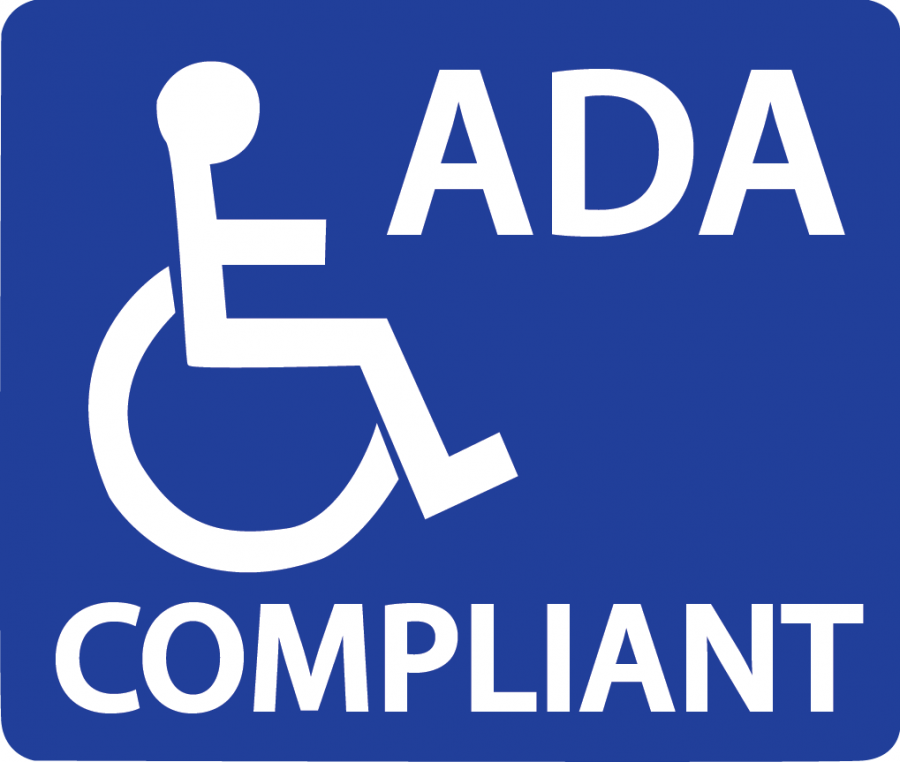Markle Hall is set to undergo renovations this summer, which will improve its accessibility for people with disabilities.
The renovations will include a new wheelchair-accessible elevator, according to President Alison Byerly, along with gender-neutral bathrooms. Although there is already an elevator in Markle, she said it is not big enough for a wheelchair.
Markle is the first of many buildings set to undergo renovations to improve accessibility, Byerly added.
“We have a list of a number of buildings that in a five to 10-year period we want to be doing some significant renovations to, to make them more accessible,” Byerly said.
Making the campus more handicap-accessible is a continuous and ongoing process, Director of Facilities Planning Mary Wilford-Hunt wrote in an email.
“We strive to systematically implement upgrades that will make our campus increasingly accessible,” Wilford-Hunt wrote. “As we renovate buildings across campus, we take the opportunity to implement ADA [Americans with Disabilities Act] upgrades.”
If the college makes significant renovations to existing buildings, it is required by the ADA to make them assessable to people with disabilities.
“We have to have the ability for students to be in all kinds of housing typically,” Vice President for Campus Life Annette Diorio added. “Every single room doesn’t have to be accessible. But we have to have accessible kinds of rooms for students.”
The inclusion of ADA requirements within the renovation process has been occurring for many years at Lafayette.
“When we renovated South College, [in 2001] we put an elevator in South College, we widened the hallways, we widened the doorways, we made sure there was a ramp in the back so you can get right to the elevator,” Diorio said.
The percentage of Lafayette students who are disabled in some way is around eight percent, Disability Services Coordinator Rebecca Brenner wrote in an email, and these numbers seem to increase every year. Of those students, the vast majority have learning or psychological disabilities, not physical handicaps.
Although there is not a high percentage of physically disabled students on campus, there are a number of students who are temporarily handicapped due to injuries.
Katherine Cook ’18, who is currently on crutches, said she has a hard time getting around campus with her temporary disability.
“Many dorms, like McKeen where I lived last semester, or the Alpha Phi house where I live now, are not equipped to accommodate disabled students,” Cook said.
“Buildings with elevators, like [Oeschle Center for Global Education], Kirby, Farinon and Skillman are so much easier than buildings like McKeen that are not disability friendly.”
But the problem may not just be with the buildings at Lafayette. The location of the campus on the top of a hill, for instance, may be a barrier for physically disabled students, Diorio said.
“If you think about the way the campus is constructed, it’s kind of like a dome,” Diorio said. “It’s not particularly level.”
“So when you come here for a visit, I’m sure you look at it thinking, ‘Okay, well how am I going to get around?’ Even if we have accessible rooms and accessible classrooms and all that, you’re sort of thinking, ‘Okay well what is the rest of my life going to be like?’” Diorio said.


















































































































